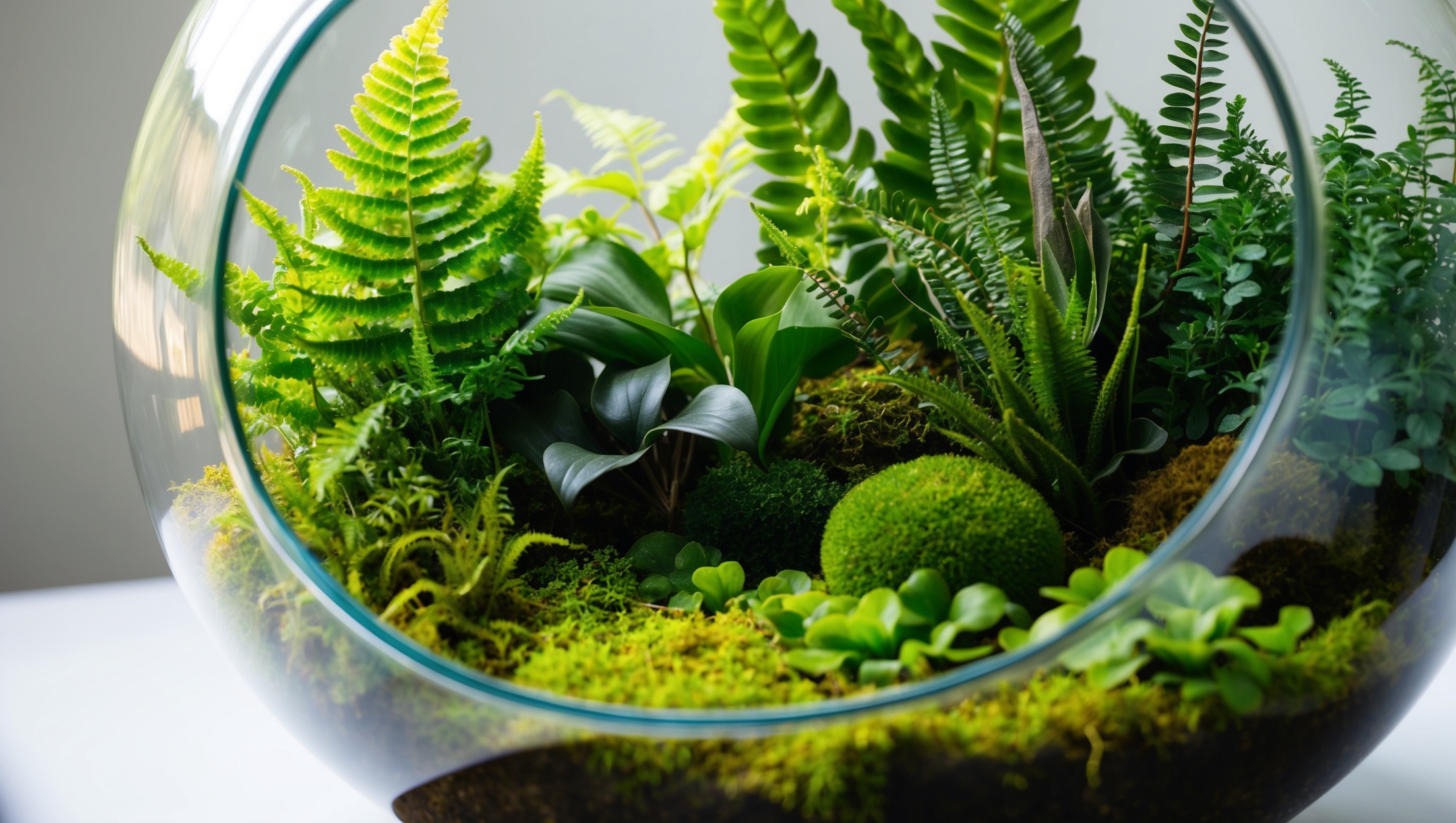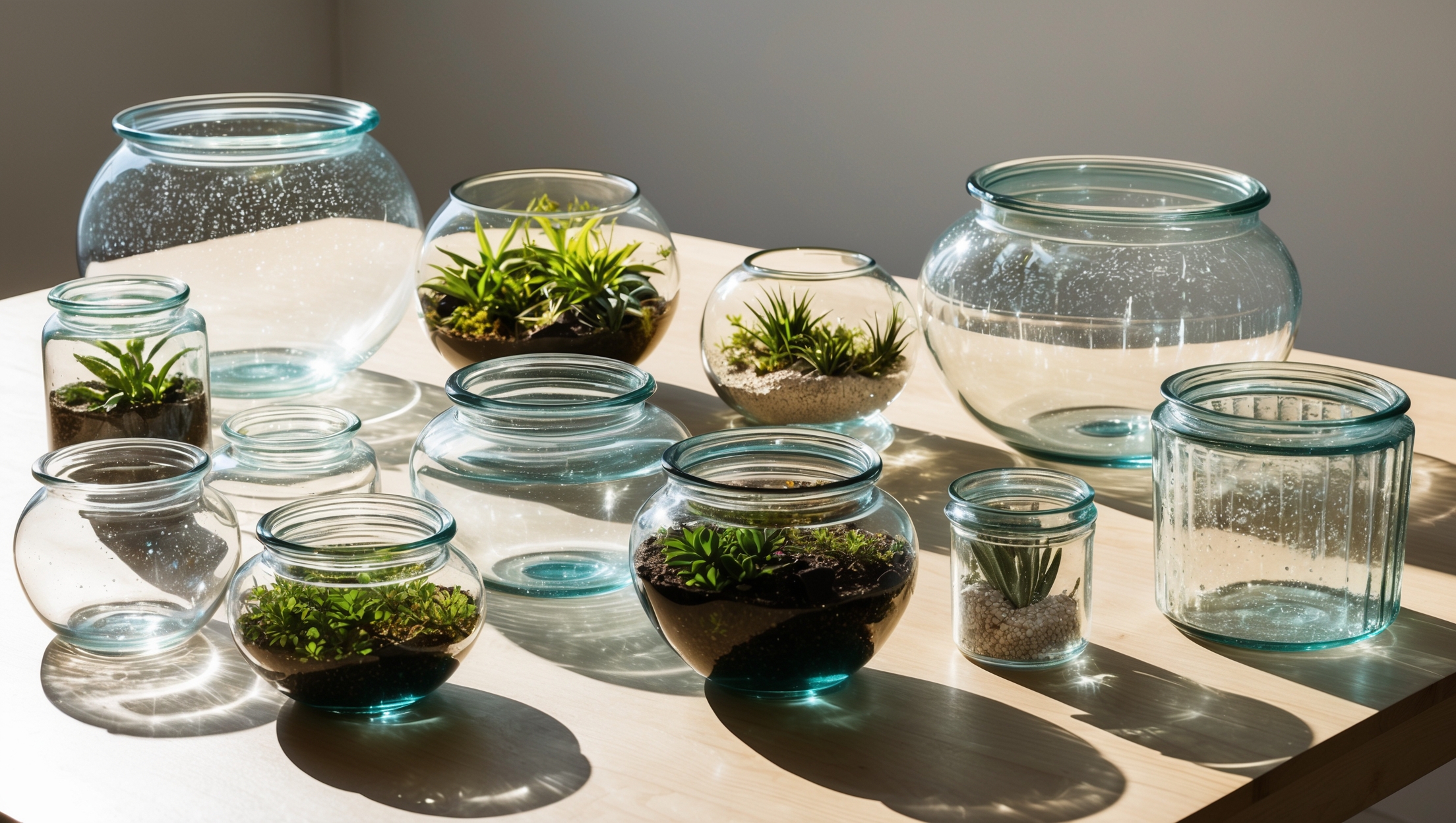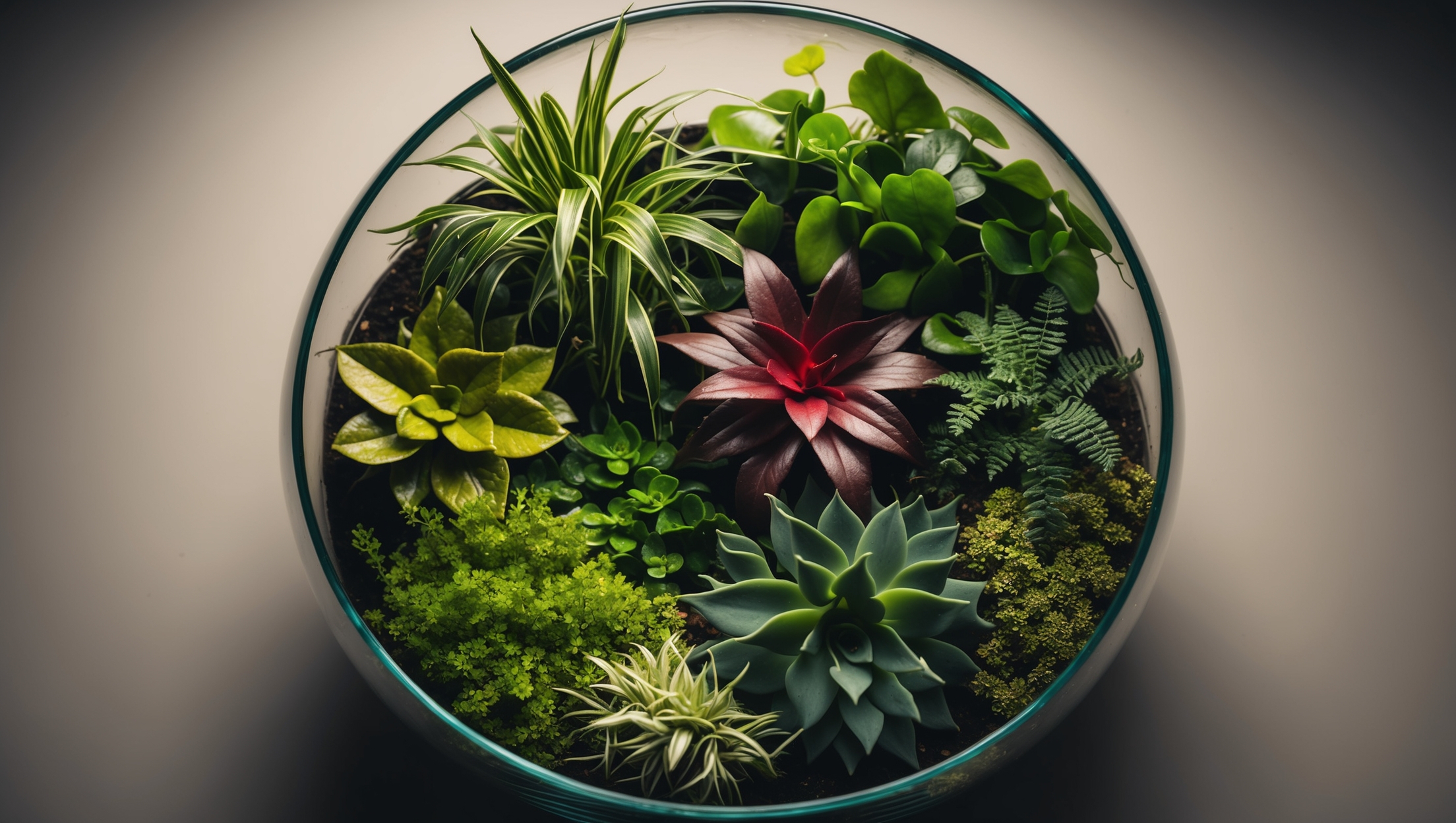Unlocking the Secrets of Micro Ecosystems in Your Home: Terrariums Made Easy
Imagine this: You’ve successfully brought a slice of the Amazon rainforest into your living room without inviting any overly curious wildlife or rainstorms. Intrigued? Well, that’s exactly what you’ll get with a terrarium, a magical little world that resides comfortably on your coffee table. Let’s explore how to craft these captivating micro ecosystems and sprinkle charm all over your home—minus the actual dirt and bugs!
What Exactly is a Terrarium?
Now, I don’t know about you, but whenever I hear the word ‘terrarium,’ my mind conjures up images of glass jars full of mini-jungles. And rightfully so! In simple terms, a terrarium is a self-sustaining ecosystem contained within a glass environment. Think of it as a plant’s version of a luxury bottle service—with spritzy sprays of water instead of champagne.

Why are Terrariums the Coolest Indoor Plant Trend?
Let me tell you, as someone who might have over-watered their succulents more times than I’d like to admit, terrariums are a godsend. They are low-maintenance, space-friendly, and can fit right into your Pinterest-inspired decor. You see, the glass walls create a microclimate with its own humidity and moisture levels. It’s an independent ecosystem where plants practically grow on plant-sized autopilot (ideal for busy-bodied folks or those slightly lacking in the green-thumb department).
Creating Your Own Terrarium: A Step-by-Step Guide
Step 1: The Glass House
First things first—you need a glass container. Whether it’s an old fishbowl, a mason jar, or an elegant blown-glass sculpture, the choice is yours! Just make sure it’s clear for optimal sunlight absorption and Instagram-worthy snapshots.

Step 2: Layer by Layer
Think of yourself as an artist, layering a fine painting with intricate details. Start with some pebbles for drainage, add a layer of activated charcoal to keep things fresh (nobody likes a smelly terrarium), and top it with some potting soil. Your plants will thank you.
Step 3: The Green Selection
Choose plants that enjoy your new microclimate. Ferns, mosses, and small tropical varieties are excellent choices. They’re like the A-team of terrarium plants—hardy, humidity-loving, and no stranger to tight quarters.
Step 4: Masterful Arrangement
Here’s where you get to channel your inner landscape architect. Arrange your plant pals with a keen eye for aesthetics. Play with height, color, and texture—a moss carpet here, a fern tree there. It’s your miniature Eden.

Caring for Your Mini-Eden
The beauty of terrariums lies in their independence, but they occasionally crave attention like a plant-themed tamagotchi. Every few weeks, mist them lightly. Position your terrarium in indirect light—enough to brighten their day, but not so much to scorch them.
And there you have it—a mini-world in glass, ready to transform any home from a blank canvas to an enchanting nature haven. So, why not give terrariums a try? Just imagine—your guests, marveling at your little glass jungle, while you sip coffee and nod like a true terrarium maestro. Happy gardening!